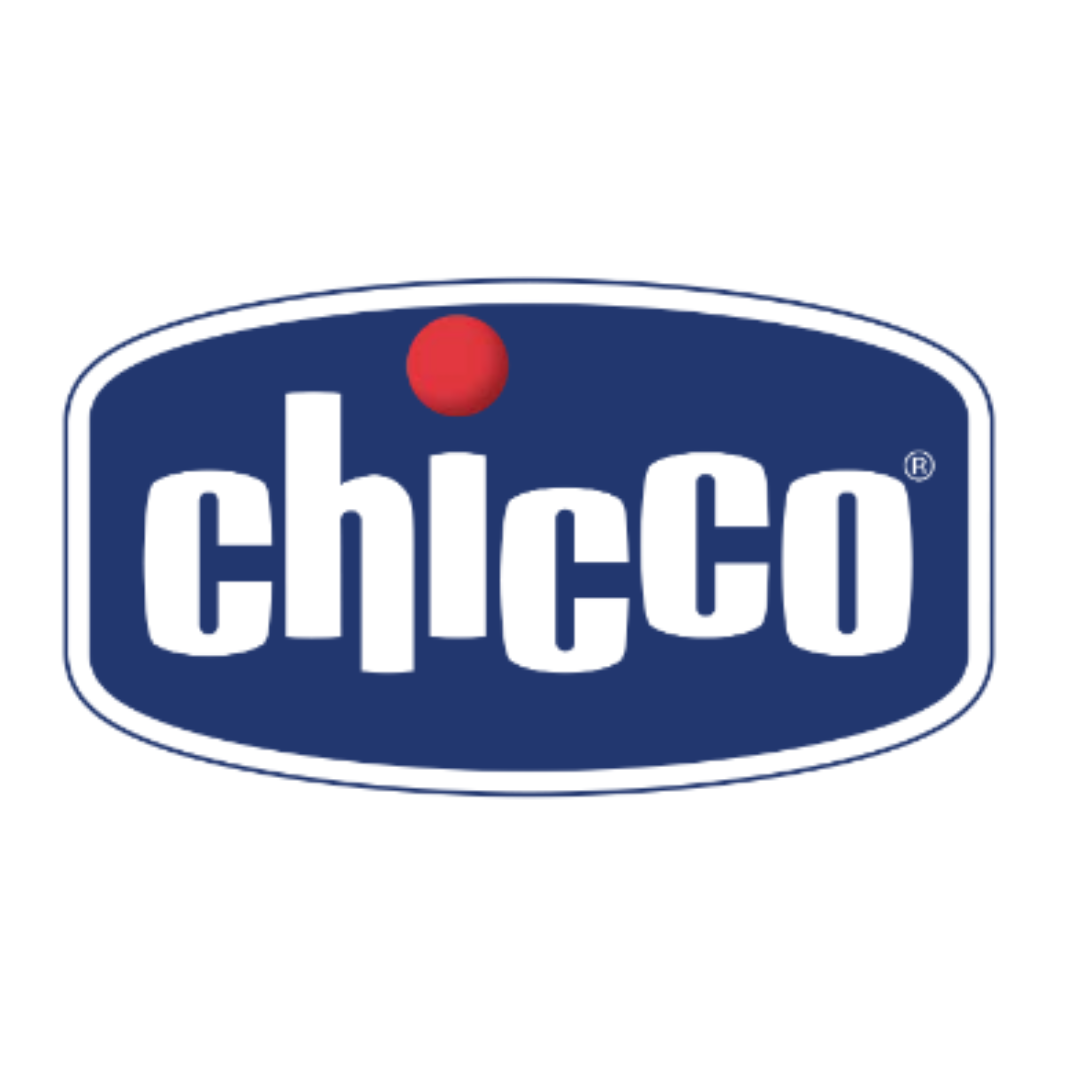
Welcoming a new baby into your family is a joyous occasion, and part of that excitement includes preparing for their developmental journey. One of the most enjoyable tasks is selecting toys that will not only entertain but also foster growth and creativity in the early years. Building your baby’s first toy collection involves understanding their developmental needs baby toys and choosing toys that stimulate their senses and promote essential skills. This guide will outline key categories of toys and provide recommendations to create a balanced and enriching toy collection for your little one.
Understanding Early Developmental Stages
In the first few years of life, babies go through rapid developmental changes. Here’s a brief overview of some critical stages:
- 0 to 3 Months: Newborns focus on developing their senses. They respond to sounds, light, and movement.
- 3 to 6 Months: Babies begin to develop gross motor skills, such as pushing up and rolling over, and start exploring with their hands.
- 6 to 12 Months: At this stage, infants can sit up, crawl, and even stand with support. They begin to grasp objects and manipulate them.
- 1 to 3 Years: Toddlers develop fine motor skills, engage in imaginative play, and start problem-solving.
Understanding these stages will help you choose toys that align with your child’s growth and promote further development.
Essential Categories of Toys for Early Years
1. Sensory Toys
Examples: Rattles, sensory balls, and textured books.
Sensory toys are designed to engage a baby’s senses of sight, sound, and touch. Look for toys that are brightly colored, have different textures, or make interesting sounds. Sensory toys stimulate the brain and help with cognitive development while keeping your baby entertained.
2. Developmental Activity Centers
Examples: Activity gyms, play mats, and bouncers.
These toys encourage babies to explore and engage with their environment. Activity centers often feature hanging toys, mirrors, and various textures that encourage tummy time and reaching. Such centers promote motor skills, hand-eye coordination, and sensory exploration.
3. Stacking and Nesting Toys
Examples: Stacking rings, nesting cups, and building blocks.
Stacking and nesting toys are excellent for developing fine motor skills and problem-solving abilities. They encourage babies to experiment with balance and spatial relationships as they learn to stack, nest, or knock down objects.
4. Musical Toys
Examples: Soft musical instruments, mobiles, and musical plush toys.
Music plays a significant role in a child's development. Musical toys can help babies understand cause and effect while promoting auditory skills. Choose instruments that are easy for small hands to grasp and produce pleasant sounds.
5. Books
Examples: Board books, cloth books, and sound books.
Reading to your baby helps with language development, bonding, and cognitive skills. Opt for sturdy board books that can withstand chewing and tearing. Choose books with vivid illustrations, textures, and interactive elements to engage your baby’s attention.
6. Push and Pull Toys
Examples: Wooden pull toys and push carts.
Once your child begins to walk, push and pull toys can encourage mobility and coordination. These toys help develop gross motor skills and balance while promoting active play.
7. Role-Playing Toys
Examples: Soft dolls, stuffed animals, and toy kitchens.
Role-playing toys inspire creativity and imagination. They allow children to mimic real-life scenarios, developing social skills and emotional understanding. These toys can be introduced as your child grows and starts engaging in pretend play.
8. Outdoor Toys
Examples: Baby swings, soft balls, and sandboxes.
Outdoor play is essential for physical development. Invest in outdoor toys that encourage exploration, movement, and social interaction. These toys can help develop gross motor skills while exposing your child to nature.
Tips for Building a Balanced Toy Collection
- Focus on Versatility: Choose toys that can grow with your child. For instance, stacking blocks can be used in various ways as your child develops new skills.
- Prioritize Safety: Ensure all toys are made from non-toxic materials, free from small parts, and age-appropriate to prevent choking hazards.
- Limit Screen Time: Encourage active play with tangible toys rather than electronic gadgets, which can detract from hands-on exploration and creativity.
- Encourage Interactive Play: Opt for toys that promote shared play experiences. This can enhance social skills and bonding with caregivers and siblings.
- Rotate Toys: To keep your child engaged, consider rotating toys every few weeks. This keeps playtime fresh and exciting while fostering a sense of exploration.
Conclusion
Building your baby’s first toy collection is an exciting endeavor that can significantly impact their development. By selecting a variety of toys that stimulate the senses, promote motor skills, and encourage creativity, you’ll be setting the stage for a joyful and enriching playtime experience. Remember to choose safe, age-appropriate toys that align with your child’s developmental milestones, and enjoy the journey of discovery and learning together!
